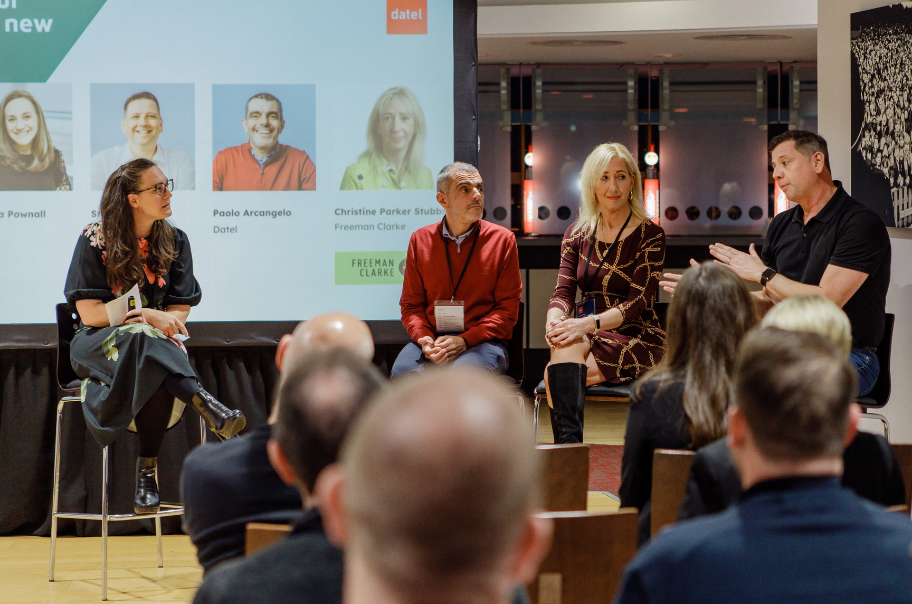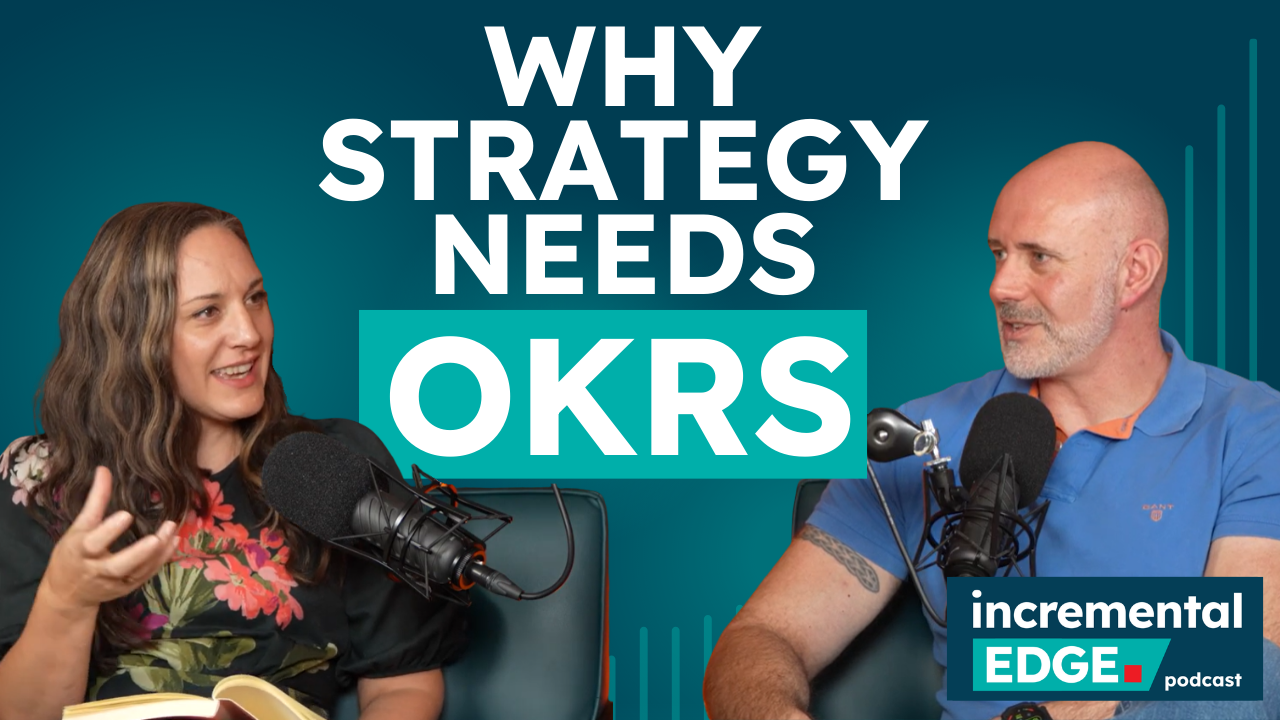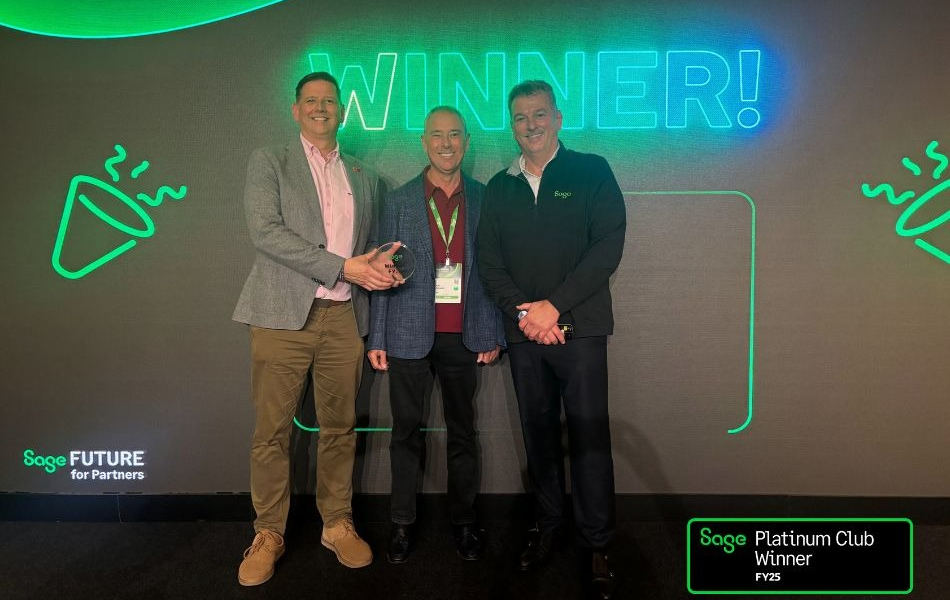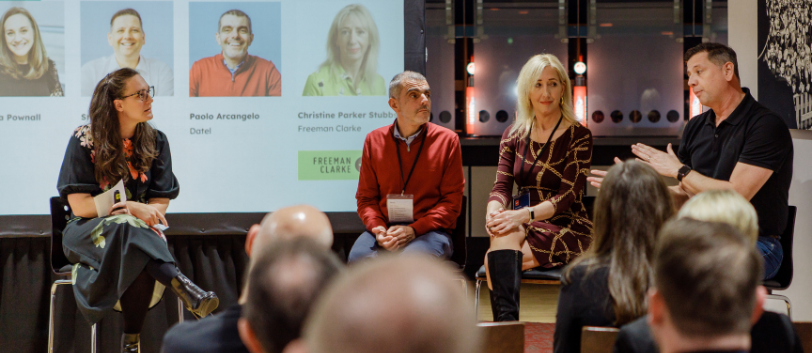
Insights
Let’s go! Your next steps from Sage 1000 – from the experts
13th December 2022
6 min read
Author: Emma Pownall, Marketing Director, Datel
If you’re using Sage 1000 (or indeed other older Sage products like Sage Line 500), you’ll be only too aware that they are going “end of life” and will soon be consigned to history.
Whilst it’s entirely natural for products to come to an end, at Datel we know it’s going to mean both some upheaval for you, and also an opportunity to look to more future-facing technologies.
It’s our job to make that process simpler; and of maximum value for your business, so we brought together some of Datel’s most experienced minds, tech advisors and customers to seminars around the UK; to help businesses like yours make the best of the transition.
Here’s what we learned from some of the UK’s leading Sage transformation experts:
-
Stuart Morland, Datel’s Customer Support Director, experienced across all Sage software systems and heading a team of over 50 support professionals.
-
Paolo Arcangelo, Datel's Services Director; a 20-year veteran and heading up Datel’s Sage X3 and Sage Intacct skills base.
-
Christine Parker Stubbs, Director of North West and North East for Freeman Clarke, the largest team of independent fractional CTOs and CIOs to UK industry; bringing a whole career of transformational IT experience to the table.
And Tom James, Datel’s Head of Sales, bringing 15 years of ERP experience and knowledge from the coal face accumulated from the UK’s largest team of Sage account managers.
1. Don’t bury your head in the sand.
If you haven’t already begun the migration process, there’s no time to lose. All businesses are busy, but this is an operational imperative, and it’s one which can be turned into a benefit rather than just a chore. Tom says,
“There’s a lot of history to work through – up to 15 years of people and their embedded processes to strip away and nurture towards a better set of outcomes, but it can be turned into immense benefit.”
2. Get your A-team ready.
Christine notes that the best people on a team are inevitably the most painful people to take out of BAU.
“You want the visionaries. The people who are going to implement something different and not just replicate what you have today. That’s also why you need a good Sage partner like Datel who already understand your business and can help you find the best outcome without a lengthy learning process.”
3. Start with a vision – and the vision should aim to progress your business strategy, not just to solve the immediate problem of Sage 1000 retirement.
Christine notes,
“This is an opportunity. It's hugely scary sitting here thinking: ‘I'm going to have to change the core system that I've been using for the last 10-20 years!’ But this is an opportunity to embrace new technologies and new processes to uncover efficiencies and improve the way you do everything. And when you have defined that vision, communicate - and keep on communicating - with your people; so that they understand your vision and feel good about going on the journey with you.”
4. Many on your team will be crying out for change – so leverage that enthusiasm.
For every user who needs a little persuasion, Paolo notes that users’ attitudes to technology have shifted dramatically in the past decade and many will actually be looking for change:
“Many of us are used to having bank feeds in our home lives, for example. They’ll be asking: why on earth can’t we have them at work?! This is the sort of functionality we can build in now – giving users the consumer-friendly services they already use every day at home. If you create an environment where it's safe for all the people in your business to put these ideas on the table, they’ll be much more engaged and you’ll get the best outcomes for the business.”
5. Think about your other systems.
Not only because there may be an impact on your wider technology landscape, but because in our increasingly connected world, there will almost certainly be new functionality or benefit from sweating your existing systems alongside your new Sage investment. Paolo says,
“With Sage Intacct, you can connect to best-of-breed applications in a matter of hours or days, rather than the weeks and months you would have expected with Sage 1000.” If ‘data is the new oil’, then integration is the pipeline."
6. Whilst knowing what you want to achieve, flexibility is a valuable commodity.
With deployment timescales down from months to just days. Paolo says,
“Don’t go at it like kids trying to empty the whole sweetshop! Once you get on the new platform, you will likely find that your ideas evolve and your requirements change a little. For the best ROI, stay flexible and learn from experience.”
In Stuart’s words,
“Don't be afraid to start without knowing the end game.”
Christine adds,
"The biggest reason that IT projects fail is because people bite off more than they can chew. They try to do too much in one hit. So take bite-sized chunks, put your biggest dreams to one side, get the basics implemented, learn from the experience and then progressively roll out high-value additions.”
Once users see the art of the possible with a new piece of technology, they will rapidly come up with new ideas for themselves; so building flexibility into your plans is crucial.
7. Bring in the big guns!
Says Christine,
“Yes, governance is boring, but it works. You need a good sponsor for your project; chairing a capable steering group to help you make smart decisions. Add a user group who will help you to roll out your new investment to colleagues who may be less welcoming of change or less tech-savvy, to ensure you get maximum benefit.”
8. Datel can help.
Paolo says,
“We’ve been through this with many other businesses. We know Sage 1000, so we know exactly where you’re coming from –right down to the sorts of data in those legacy systems. And we know where you’re heading to and – crucially – how to move your data safely over. And because we understand the processes as well as the data architecture, we’ll take you along the road from a people and process standpoint as well as a technology standpoint.”
Stuart adds,
"We’ve retained all of our Sage 1000 expertise to be able to backfill your in-house Sage 1000 team as they move to working on the transition. And on the flipside, we have the Sage Intacct, Sage X3 and Sage 200 expertise to support the project during the critical elements of specification and go-live.”
We’ll be there from start to finish.
9. Sage is committed to making efficient, modern cloud-native software.
Stuart shares,
"You’ll have seen a massive change in the way Sage represents itself in the media. There’s a real culture shift under that: it’s not just branding. Sage’s staff, and Datel’s team, have all bought into it.”
You can expect all the support you need from both Sage and Datel. Tom adds,
"Sage is also a global business. So if you have entities or operations abroad, particularly if you have to work with multiple fiscal regulatory requirements, we can very much cater to that through Sage solutions."
If you'd like to understand how Datel can support your migration from Sage 1000, get in touch with the team. We'd love to hear from you.
Latest posts
.png)
9th December 2025
4 min read
Learn about the upcoming changes to FRS 102 and how to prepare
FRS 102 is getting a major update from 2026, with big implications for revenue recognition and ...

4th December 2025
4 min read
The OKR Effect: Why outcome focus improves strategic execution
Strategy is something most leaders care deeply about. We invest time building a clear plan, shaping ...

2nd December 2025
2 min read
Celebrating a double win at Sage Future 2025
We’re excited to share some fantastic news that reflects not only Datel’s hard work, but the trust, ...
